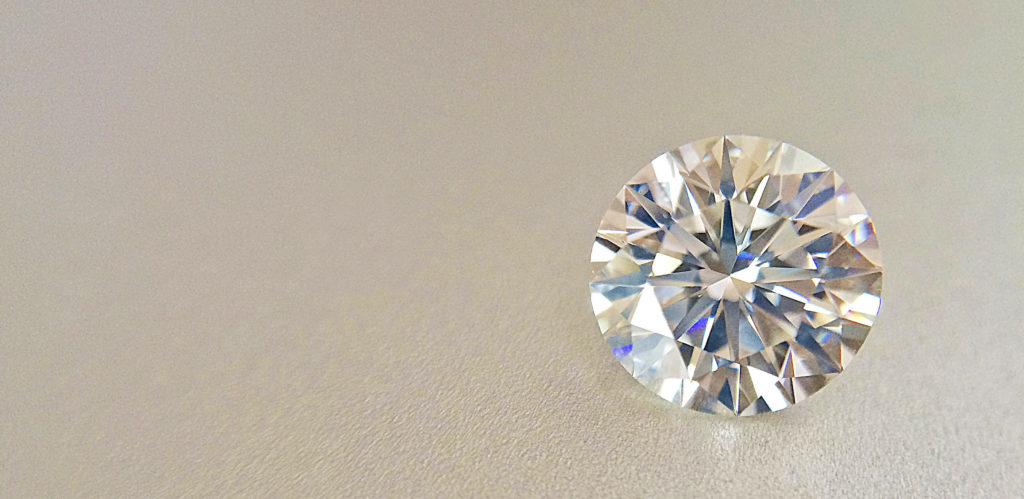Diamond Clarity, Value and Beauty

You can tell customers that clarity’s effect on value is based on rarity. Almost all diamonds have clarity characteristics. The less significant the characteristics, the higher the clarity grade will be. The higher the grade, the greater the rarity, and the more expensive the diamond will be.
To reinforce this you might point out that only about 2% of all gem quality diamonds are flawless. VVS is the highest grade normally seen in retail stores, and most “fine-quality” diamonds are VS or SI.
In most cases there’s no direct link between clarity and beauty. Even under 10x magnification, a VS diamond may appear flawless to someone who’s not an expert. SI characteristics are rarely visible without magnification. They have little or no effect on the diamond’s appearance.
Most professionals would say that eye-visible inclusions hurt a diamond’s visual appeal. Those that threaten durability certainly reduce the chance it will last “forever.” However, the high demand for I-grade diamonds proves that many consumers find them attractive, cost-effective options when clarity is balanced with other value factors.
Cost and appearance count in diamond purchase decisions. Even more important are emotional motivations. You can sometimes identify these by asking a direct question like, “What do you want this diamond to say to the person who receives it?” Customers’ concerns may surface, however, in casual remarks, questions they ask, facial expressions, or body language. Pay attention to these and take your cues from them. To a customer who seems quality-conscious, try presenting benefits related to high standards and rarity.
Explain that the jewelry piece itself is a consideration as well. Most people feel high clarity is more important for diamonds in rings than in other types of jewelry. That’s because rings are likely to receive closer inspections from family, friends, and acquaintances. Rings may also carry deep emotional symbolism, especially for engagements, weddings, and anniversaries.
With other customers it might be better to point out the subtlety – you could even say “pickiness” – of grading distinctions. Then focus on the diamond’s beauty and individuality. For example: “An expert with a microscope could tell it’s not flawless. You can see for yourself, however, that this is a brilliant and beautiful diamond.
For those who are more concerned with size than quality grade, you might suggest the possibility of trading a little clarity in order to own a larger diamond for a similar price. Ultimately, your top objective in presenting clarity – or any other value factor – is to help customers feel confident and proud that the diamond they decide to purchase is one of Nature’s masterpieces.
Source: Diamond Council of America Diamonds Course, www. dcalearning.org